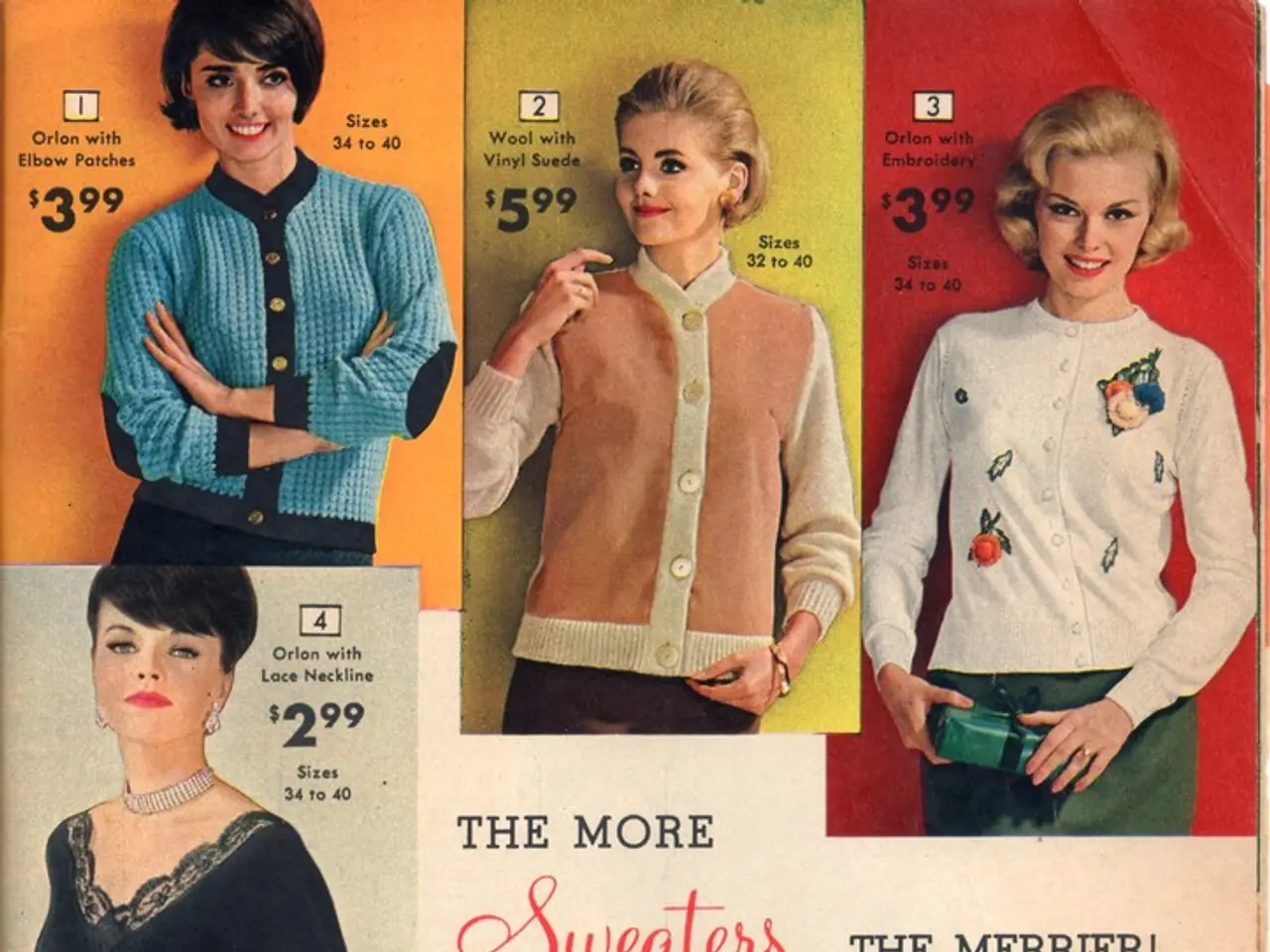Crafting a Profession: A Handbook for Aspiring Clothing Designers
Becoming a successful fashion designer is a journey that requires a blend of formal education, skill acquisition, practical experience, and strategic portfolio building. Here's a comprehensive guide to help you navigate this exciting career path.
### Education and Training
Your journey begins with completing secondary school, focusing on subjects like art, textiles, and business. Pursue formal education in fashion design, fashion illustration, or a related field, such as a B.Des, B.Sc. in Fashion Design, Bachelor of Fashion and Apparel Design. Diploma and certificate programs are also available for shorter-term study. Consider advanced degrees (MA, MSc, PG Diploma) and specialized programs in fashion management or textile design for deeper expertise and broader career prospects.
### Essential Skills
A successful fashion designer possesses a keen sense of colour, style, and innovation, coupled with technical proficiency in sewing, pattern making, garment construction, and draping. Familiarity with computer-aided design (CAD) software, such as Adobe Illustrator, and digital sketching is increasingly important in the industry. Ability to sketch designs and visualize finished products is essential for communicating ideas. Attention to detail, precision in construction, stitching, and embellishments defines professional quality work. Effective communication and interpersonal skills are necessary for collaborating with clients, colleagues, and production teams. Understanding of marketing, finance, and consumer trends helps designers remain relevant and profitable. Adaptability is vital in the dynamic fashion industry.
### Building a Strong Portfolio
Start building your portfolio early, including various types of garments, accessories, and concepts to demonstrate versatility. Highlight your ability to turn sketches into actual garments with clean finishes and detailed documentation. Showcase both your creative and technical skills by displaying sketches, CAD renderings, fabric swatches, and finished products. Document internships and collaborations to show practical experience. Regularly update your portfolio to reflect the latest trends and your evolving style. Maintain an online portfolio or social media profiles to reach a wider audience and potential employers.
### Career Pathways and Growth
Start with entry-level roles such as design assistant, pattern maker, or fashion illustrator. Many designers begin by freelancing or starting their own labels after gaining experience. With experience, move into senior designer, creative director, or head of design positions. Opportunities exist in textile design, styling, accessory design, and trend forecasting. Participate in fashion shows, competitions, and networking events to gain visibility and industry connections.
In conclusion, success in fashion design is driven by a combination of formal education, relentless skill-building, practical experience, and a compelling, industry-ready portfolio that showcases your unique vision and technical competence. Building a strong portfolio, gaining practical experience, and networking are crucial in the fashion industry for establishing a strong presence and connecting with industry peers, seasoned experts, and emerging designers. Continual learning and growth are essential in the fashion industry, with opportunities for attending workshops, following fashion blogs, podcasts, and forums. Social media platforms like Instagram, Pinterest, and LinkedIn can act as a virtual storefront for fashion designers, allowing them to showcase their work, share their journey, and connect with a global audience. Overcoming challenges in the fashion industry requires flexibility, a unique approach, and versatility, as well as strong supplier networks and strategic understanding for manufacturing tasks.
- To refine your fashion design skills further, consider expanding your knowledge beyond traditional education by exploring resources in fashion-and-beauty, learning about different embroidery techniques, and following trend-focused education-and-self-development platforms for continuous growth.
- A thriving lifestyle as a fashion designer goes beyond designing stunning garments; it involves leveraging your strong understanding of fashion, color, and style to promote your work through social media, collaborate with influencers in the fashion-and-beauty industry, and collaborate on embroidery and design projects with educational institutes for community engagement.




